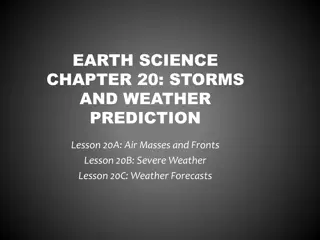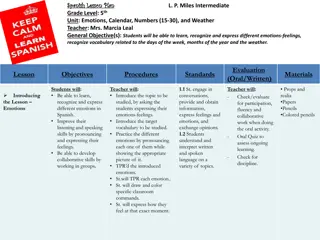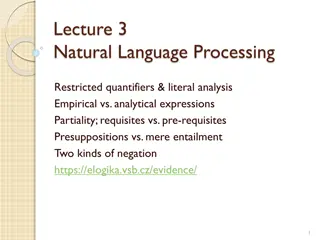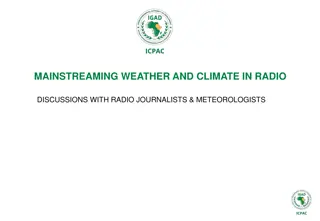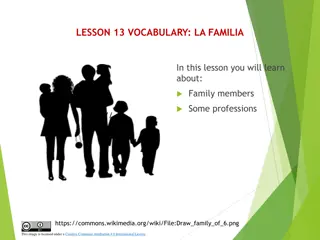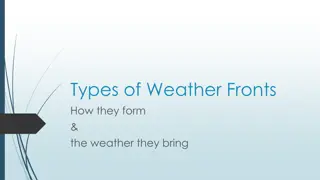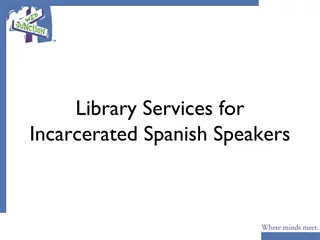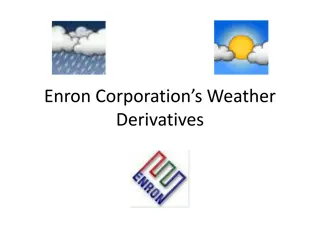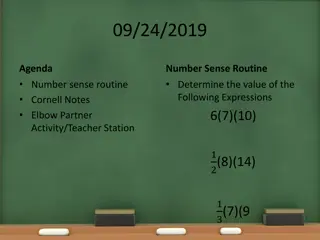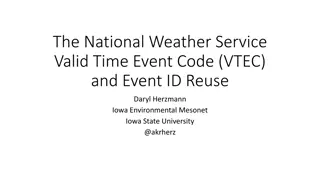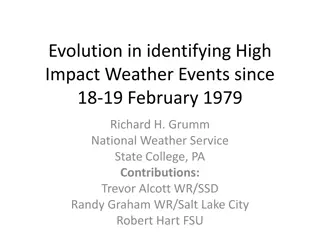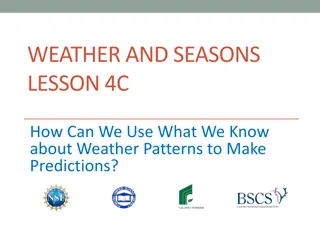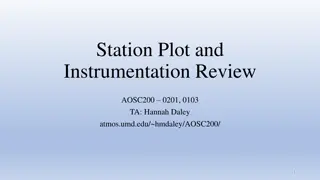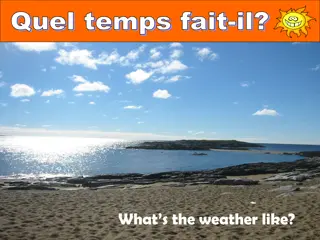Weather Expressions in Spanish Vocabulary
Learn how to use different weather expressions in Spanish, including idiomatic phrases like "Hace calor" (It's hot) and "Está nublado" (It's cloudy). Understand the nuances of expressing weather conditions in Spanish and the importance of idiomatic language. Master key phrases for talking about weather and time in Spanish to improve your language skills.
Download Presentation

Please find below an Image/Link to download the presentation.
The content on the website is provided AS IS for your information and personal use only. It may not be sold, licensed, or shared on other websites without obtaining consent from the author.If you encounter any issues during the download, it is possible that the publisher has removed the file from their server.
You are allowed to download the files provided on this website for personal or commercial use, subject to the condition that they are used lawfully. All files are the property of their respective owners.
The content on the website is provided AS IS for your information and personal use only. It may not be sold, licensed, or shared on other websites without obtaining consent from the author.
E N D
Presentation Transcript
Were going to talk about how to use the different weather expressions in your vocabulary list, but first you should note the title of this slide show: El tiempo Tiempo means both weather and time. Context will tell you which it is. El tiempo vuela. Time flies. Hoy hace mal tiempo. It s bad (weather) out today. Remember, What time is it? is Qu hora es?
Lets look at the expressions with hace: Hace calor. Hace viento. Hace fr o. Hace sol. Hace fresco. These expressions are idiomatic. That s a word you need to learn. It means that they don t translate literally into English. Hace calor. = It makes heat. (Not, literally, it is hot. ) Hace fr o. = It makes cold. (Not, literally, it is cold. ) Why do you need to know that it s idiomatic, not literal? Primarily because it affects what word you use to describe the weather.
Since Hace calor does not mean literally it is hot, you can t say muy with it if you want to say it s VERY hot. You have to use mucho : Hace mucho calor. = It is very hot. (Literally, it makes much heat. ) Hace mucho fr o. = It is very cold. (Literally, it makes much cold. ) So there are two big takeaways here: 1. You have to use mucho when you have hace a weather expression. 2. When you come a expressions in Spanish, memorize them. You can t say everything literally justcross the way you do in English. If you translate it is hot into Spanish literally, it doesn t make sense.
Youll notice that some weather expressions use est. Those are literal: Est nublado. It is cloudy. So with them, you use muy, because you say, literally, It is very cloudy : Est muy nublado.
There is no verb for to storm So you have to say there is (a) storm: Hay tormenta. There are two plain old verbs in the collection: llover and nevar. Both are stem-changing verbs (if you haven t learned what those are yet you will soon) and translate literally: llover (to rain) llueve (it rains/is raining) & est lloviendo (it is raining) nevar (to snow) nieva (it snows/is snowing) & est nevando (it is snowing)
No homework over this I know youre disappointed! But its on your vocab quiz, and on the test you ll need to be able to answer questions like Qu tiempo hace hoy? and Cu ndo hace calor?



